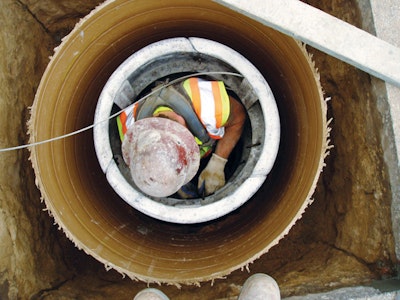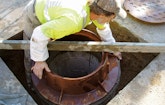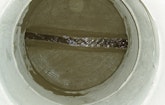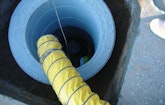
Installed in the 1920s, the brick and block manholes in Waupaca, Wis., were failing from age. Some were in danger of collapsing. Most had no flow lines, enabling solids to accumulate and create headloss that reduced hydraulic capacity.
The city consulted senior engineer Taryn...









